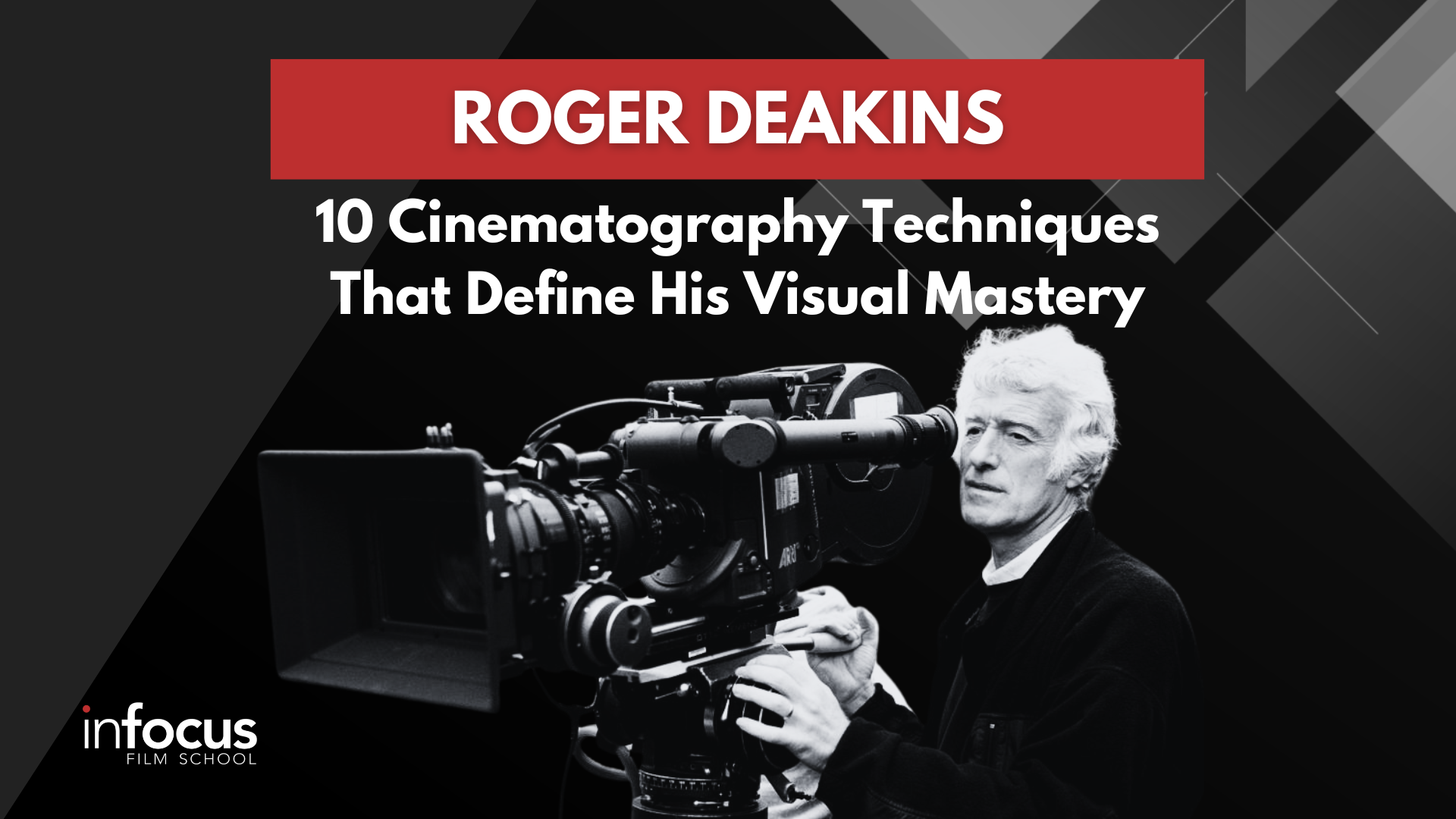Cinematographer Roger Deakins: 10 Cinematography Techniques That Define His Visual Mastery
Cinematographer Roger Deakins is more than a technician behind the camera. He is a poetic voice in the world of cinema. His ability to shape light, shadow, and space into emotionally rich storytelling has changed the way we look at film. From Skyfall to Blade Runner 2049, 1917 to The Assassination of Jesse James by the Coward Robert Ford, his work does not simply capture scenes. It captures the soul of a story. As a long-time admirer of his films, I can say without hesitation that Deakins’ cinematography has inspired the way I watch, understand, and even feel movies. Here are ten essential techniques used by cinematographer Roger Deakins that continue to define his genius and influence filmmakers everywhere.
Interested in becoming a Cinematographer? Check out our Cinematography Program and request more information today! [Click here]
1. Naturalistic Lighting in the Films of Cinematographer Roger Deakins

No Country for Old Men (2007)
What sets cinematographer Roger Deakins apart, first and foremost, is his devotion to natural light. He has a profound respect for realism and the emotional honesty that comes with it. Rather than dominating a scene with artificial lighting, Deakins allows the natural environment to do much of the work. Watching No Country for Old Men, I remember being struck by how raw and grounded everything felt, as if we were truly standing under the same dim bulbs or basking in the same harsh Texan sunlight.
In The Assassination of Jesse James by the Coward Robert Ford, his use of early morning light and flickering candle flames pulls us into the era in a way no costume ever could. Deakins once said that he does not want the lighting to be noticeable. It feels as if it simply belongs there, and it always does. His lighting does not impose meaning. It reveals it.
2. Minimalist Composition: The Silent Power of Simplicity
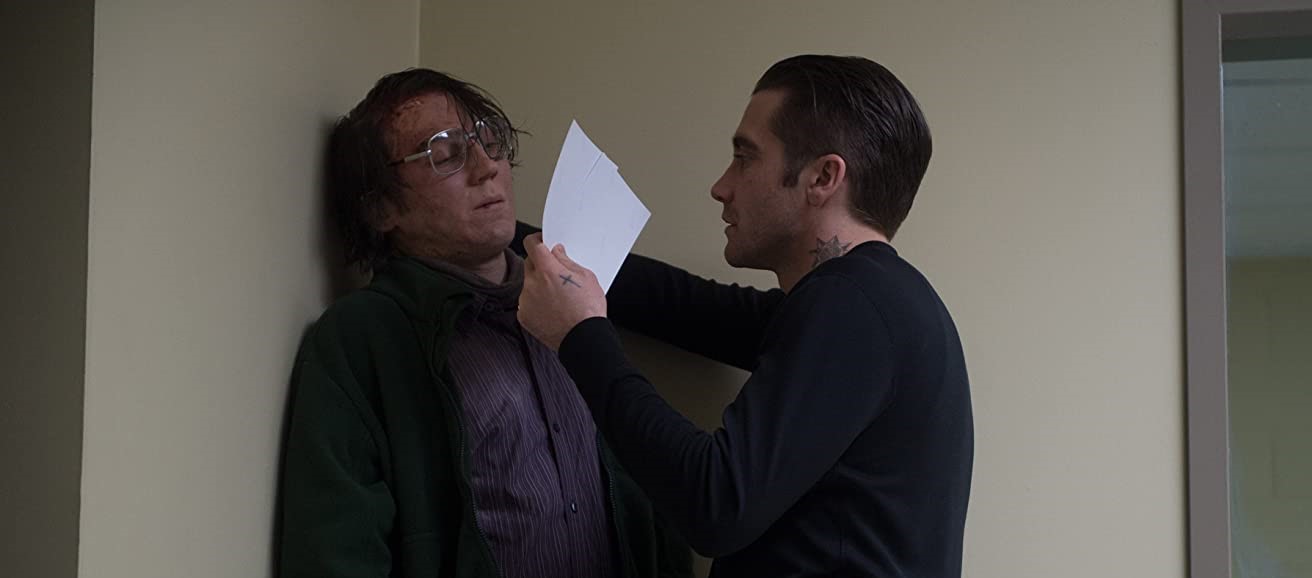
Prisoners (2013)
Cinematographer Roger Deakins understands the emotional strength of simplicity. His compositions are often stripped of excess, leaving only what is essential to the scene. There is a quiet bravery in this approach. I think of Prisoners, where vast negative space surrounds Hugh Jackman’s character, amplifying his despair and isolation. Or 1917, where a lone soldier runs across a battlefield, framed against a pale, empty sky.
The emptiness speaks volumes. These frames do not shout. They whisper. For Deakins, the image is never busier than the emotion it is meant to convey. This philosophy results in visuals that linger in your memory long after the credits roll.
3. Shadows and Silhouettes: Painting with Darkness
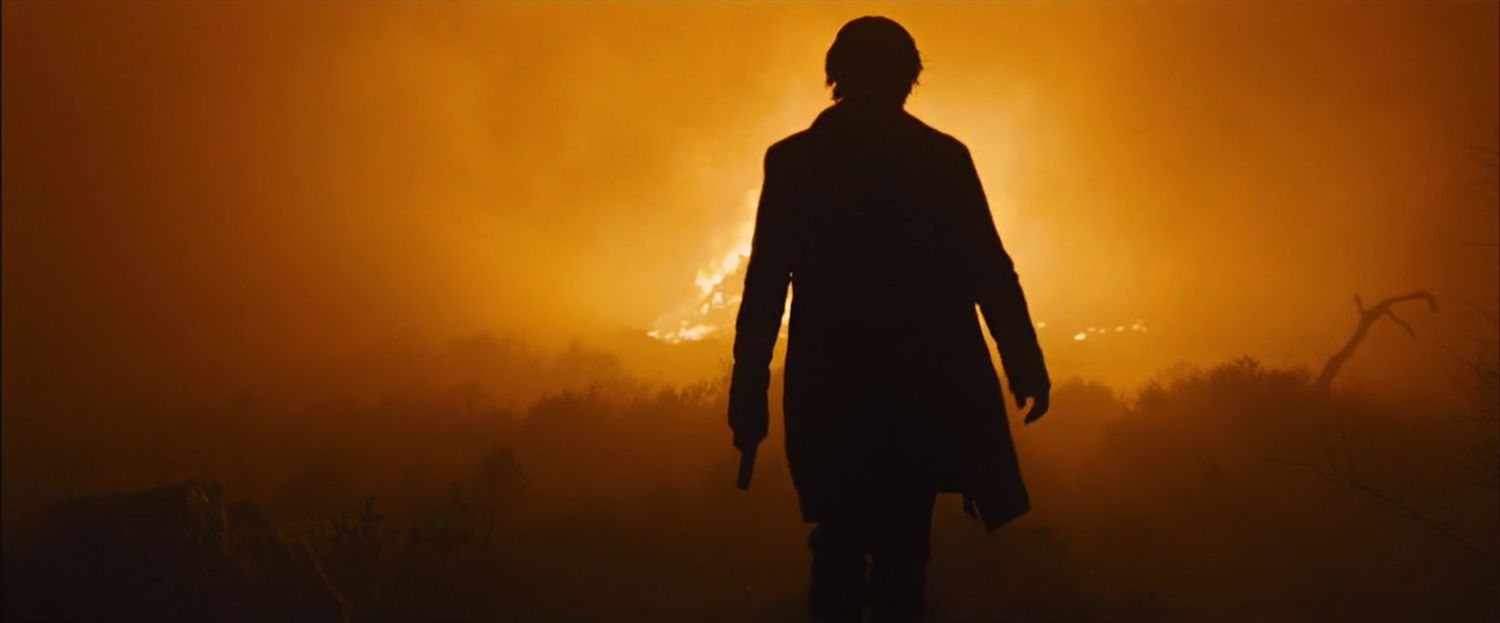
Skyfall (2012)
One of the most emotionally stirring tools in the arsenal of cinematographer Roger Deakins is his use of shadow. He does not light everything to be seen. He lights what must be felt. In Skyfall, there is a moment where James Bond fights a killer in front of glowing neon signage. Their figures are just silhouettes, locked in an elegant yet deadly dance. I remember watching it in the theatre, breathless. The scene was more than just beautiful. It was mythic.
Similarly, in Blade Runner 2049, hazy shadows create a dystopia that feels both alien and intimate. Deakins uses darkness not as a void but as a canvas, sculpting emotion through what he chooses not to show. His shadows evoke more than any spotlight ever could.
4. Framing with Architecture: The Visual Language of Barriers

The Shawshank Redemption (1994)
Cinematographer Roger Deakins often frames his characters within structures like windows, hallways, and doorways, not just for beauty but for meaning. These internal frames mirror emotional and psychological barriers. In The Shawshank Redemption, prisoners are often visually boxed in, surrounded by the very architecture that defines their reality. It is not just incarceration of the body, but of the spirit.
In 1917, the trenches act like claustrophobic corridors that trap characters in a war they cannot escape. I love how Deakins lets the world around his subjects speak to their inner lives. His shots feel composed with empathy. You are not just seeing a place. You are understanding what it means to be in that place, at that moment in the story.
5. Controlled Camera Movement: Grace in Motion

Sicario (2015)
Watching a film by cinematographer Roger Deakins, one of the first things I always notice is how calm the camera feels. His movement is never frantic, never there just for show. It follows emotion, not spectacle. In Sicario, for example, the camera glides through the desert like a predator. Slow, deliberate, patient. The tension becomes unbearable not because of flashy angles, but because the camera refuses to look away.
And then there is 1917, where the illusion of a single continuous shot is used not to impress, but to immerse. That film did not just move. It breathed. Deakins’ camera movements are full of grace, giving the audience the sensation of floating through the world rather than being shoved through it. It is a deeply respectful way to invite us into a story.
6. The Invisible Shot: Cinematographer Roger Deakins’ Signature Restraint
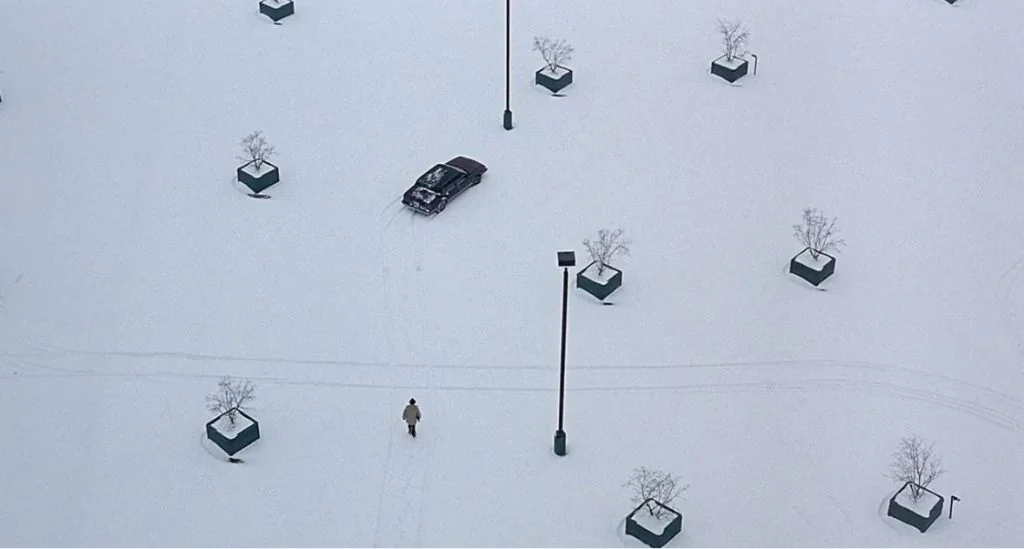
Fargo (1996)
If there is one thing that defines the brilliance of cinematographer Roger Deakins, it is his belief that cinematography should never call attention to itself. His work is so precise, so naturally embedded in the story, that you almost do not notice it until after the fact. And that is the point.
In Fargo, the wide snowy landscapes and silent framing draw you into the absurd mundanity of the world, not through gimmicks, but through sheer clarity. Deakins’ so-called invisible shots are like emotional mirrors. They do not show off, they reflect and feel like how you remember moments in real life, colored by feeling rather than flourish. His ability to step back, to resist over-stylizing, makes the impact of his imagery all the more powerful.
7. Color as Storytelling: Emotion Through Palette
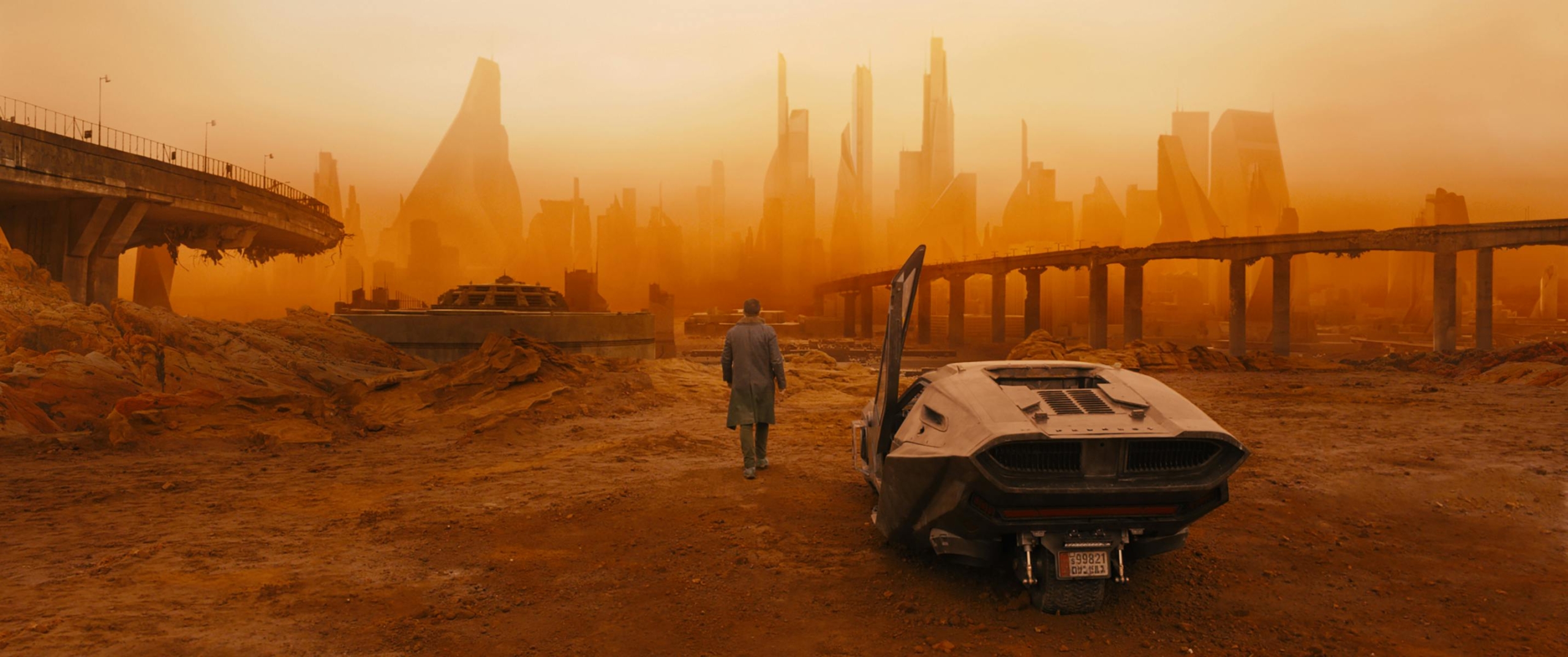
Blade Runner 2049 (2017)
The color palettes chosen by cinematographer Roger Deakins are never accidental. He chooses every hue with purpose and poetry. In Blade Runner 2049, the burnt-orange haze of Las Vegas burns into your memory, contrasting with the cold blues of the city and creating a stark visual divide between destruction and artificial control.
In O Brother, Where Art Thou?, the digitally manipulated sepia tone gives the film a dreamy, otherworldly nostalgia. That was one of the first times digital color grading was used so extensively, and it worked because it felt like an extension of the story’s mythology. Deakins treats color not just as visual flair but as an emotional current running through each frame. His colors do not just look good. They make you feel.
8. Layered Atmosphere: The Texture of a Memory
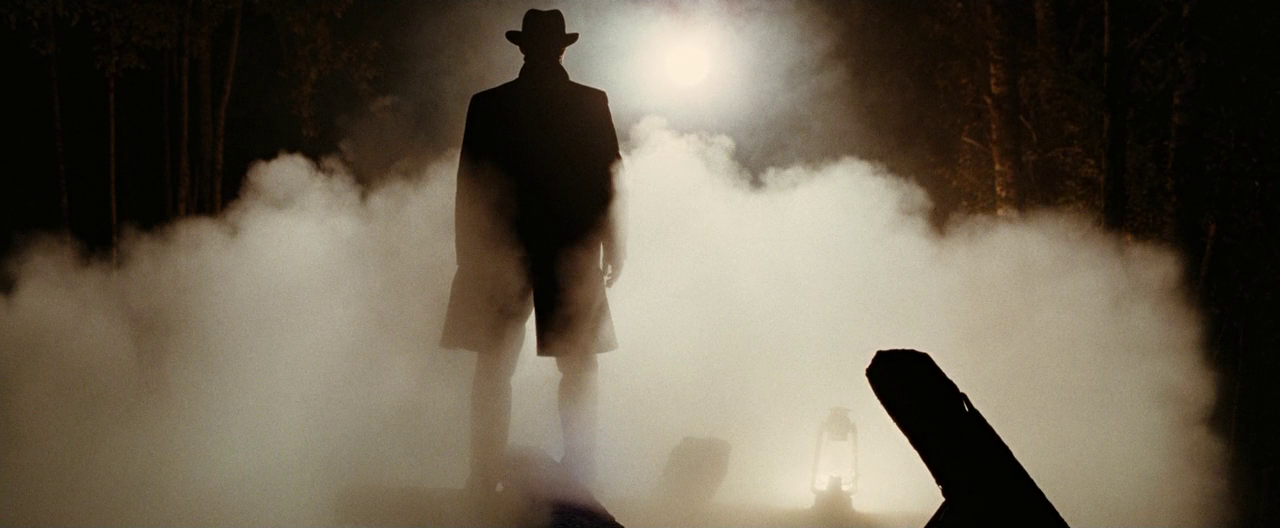
The Assassination of Jesse James by the Coward Robert Ford (2007)
Something I have always loved about cinematographer Roger Deakins is how he creates atmosphere that you can practically reach out and touch. Smoke, fog, dust, and haze are elements he uses not just for depth but for emotional texture. In The Assassination of Jesse James by the Coward Robert Ford, the landscapes often feel like they are dissolving into memory, with diffused light softening the edges of reality. It feels intimate, nostalgic, almost mournful.
In True Grit, dust and fog give the West a lived-in authenticity, turning the environment into a character of its own. The air in Deakins’ films seems thick with the weight of story, history, and silence. It is a reminder that film is not just about what you see. It is about what you feel lingering in the background.
9. Emotional Realism: Cinematography That Feels Human
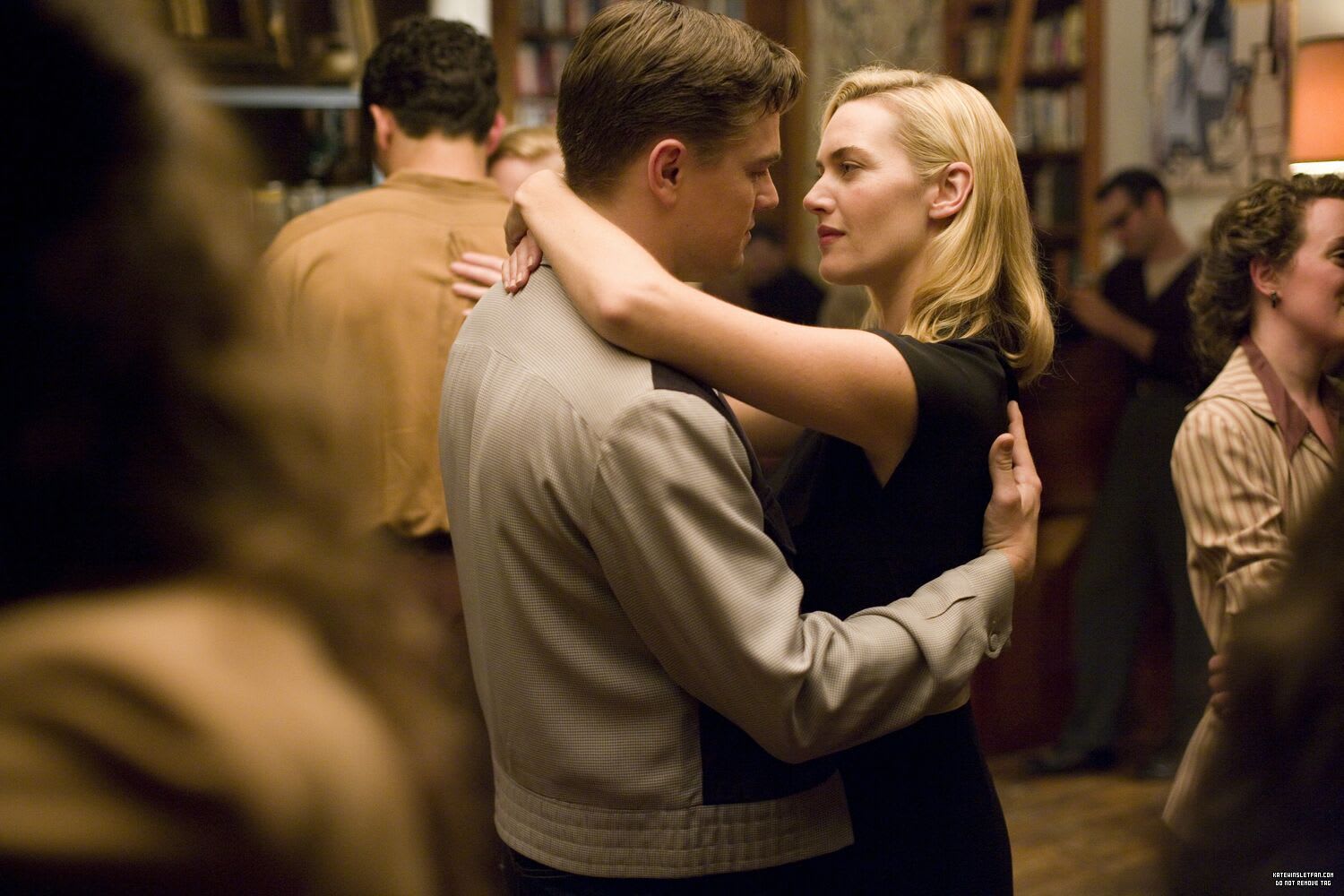
Revolutionary Road (2008)
Above all else, cinematographer Roger Deakins strives to capture the emotional truth of a scene. He does not manipulate or dramatize just for impact. Instead, he listens to the heartbeat of the story and lets that guide his choices. In Revolutionary Road, the framing is subdued and precise, reflecting the claustrophobic emotional distance between the characters.
In The Reader, soft lighting and quiet movement echo the film’s themes of guilt and longing. Deakins often places the camera at eye level, treating characters with dignity and inviting us to share in their inner lives. It is this sensitivity, this emotional realism, that makes his work resonate so deeply. You do not just watch his scenes. You experience them.
10. Story-Led Innovation: Pushing Boundaries with Purpose
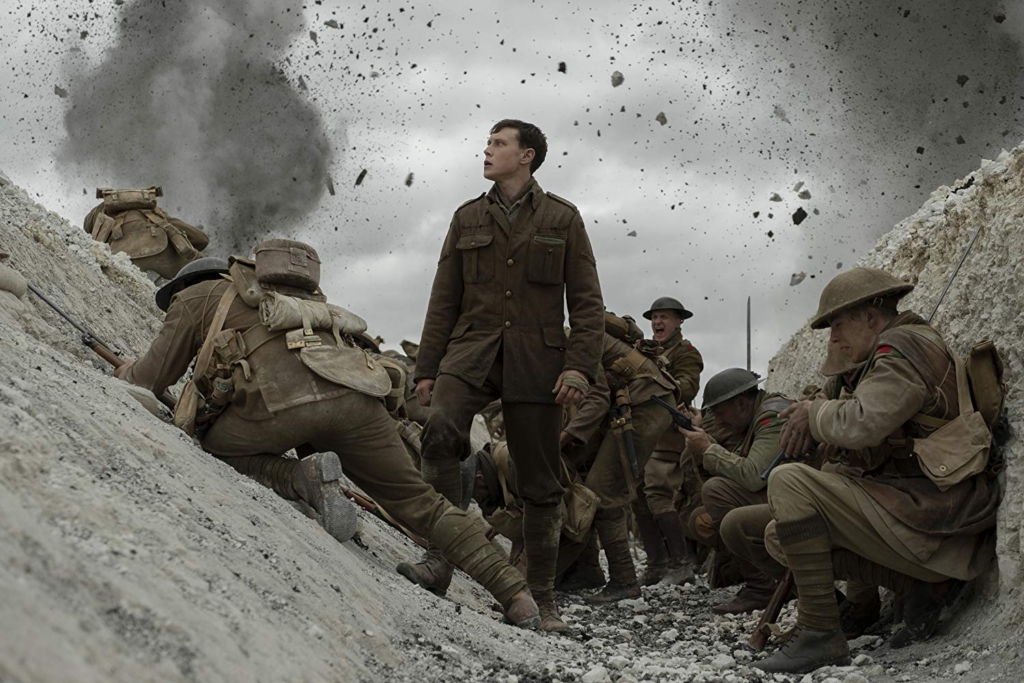
1917 (2019)
Cinematographer Roger Deakins is not afraid of innovation, but he never pursues it for its own sake. Every creative risk he takes is rooted in storytelling. Take 1917 again. The one-shot illusion required enormous technical coordination, but it was never about the gimmick. It was about immersing us in the soldiers’ journey and making every step, every second, feel real.
Or consider his pioneering use of digital color grading in O Brother, Where Art Thou?, which helped shape the look of an entire era. Deakins proves that technology should follow emotion, not the other way around. He reminds us that the most cutting-edge tools are only powerful when guided by a clear, heartfelt vision.
Final Thoughts on Cinematographer Roger Deakins’ Legacy
Cinematographer Roger Deakins continues to inspire filmmakers, critics, and movie lovers with his subtle mastery of the form. His work speaks in quiet tones yet leaves an echo that lasts for years. The techniques he uses—whether it is his commitment to realism, his mastery of shadow, or his emotionally grounded style—offer lessons for anyone seeking to tell visual stories with heart and honesty. Watching his films is like receiving a masterclass in cinematography, not just technically, but emotionally. If you are a filmmaker, study his work. If you are a film lover, savor it. And if you are both, like me, then you know that few artists have shaped the visual language of cinema quite like Roger Deakins.

